- The Keynote Curators - Top Speaker Agency in North America
Haydn Shaw is a leading expert on multiple generations, leadership, change management, personal productivity, and trust.
He is the author of Sticking Points: How to Get 4 Generations Working Together in the 12 Places They Come Apart and Franklin Covey’s bestselling workshops Leading Across Generations and Working Across Generations. He also writes on generations and leadership for the Huffington Post.
TIME wrote, “Shaw is an expert on cultural differences at the office.” He has spoken to over 100,000 people and worked with over 1,500 businesses (from Fortune 500 companies to start-ups), not-for-profit organizations, and governmental agencies. He speaks and consults more than 160 days each year to clients who consistently invite him back.
Hailed as a “leadership guru” by the Washington Post, Haydn Shaw has delivered hundreds of convention keynotes or intimate off-sites. Known for taking groups from hilarity to deep reflection, he combines rich content with use-tomorrow tools. His presentations make an impact because he does his homework, designing each one for your unique needs. Having worked with hundreds of organizations, Haydn connects with virtually any group in any industry and brings practical and inspiring examples from the boardroom and the front line.
He also has worked with Franklin Covey for 23 years as a senior consultant and one of their most requested keynote speakers specializing in their generations, leadership, execution, personal productivity, and trust methodologies.
When they announce changes, leaders tell their people that change is now a fact of life. But there is another fact of life: people respond to change in six ways. When leaders and managers ignore the 6 Change Reactions, they make change harder than it needs to be. But you and your leaders can create a change wave rather than struggle to push the change forward.
This humorous, fast paced session presents a breakthrough approach to change. You’ll understand The 6 Change Reactions and . . .
• Why change programs backfire
• Why trying to help people change is keeping them from changing
• How to map your team or organization on the 6 Change Reactions curve
• Why many change teams die a slow death after going in circles until the forward thinking people disengage
• How to set up a team for a quick start
• How to find and train change sales people who can convince the critical few that will move the change forward
• How to help the three negative reactors use their negativity to speed things up rather than bog them down
• How to deal with the one percent hardcore resisters so they don’t ruin everything
You’ll never look at your people the same way again, and they will love you for it.
You know the Great Resignation is a big deal, you have seen good people leave but you have been hoping it’s a Covid induced blip from 2021 that will go away soon. Instead, the Great Resignation is gathering steam--one in four employees plan to leave their job in 2022. If that is not bad enough, you wonder how you will find people. Sometimes candidates are worse than the people you have on a plan. On top of everything, it’s a challenge to prevent those disappointing employees from demotivating your strong producers. Nurturing talent and coaching have always made a difference, but new research shows they are critical across all generations. Your ability to retain employees depends on it, but what it looks like varies by generations.
This fast-paced presentation will explain where the workers have gone, how you can beat the Great Resignation as a talent nurturer and coach, with generational intelligence, and do it with a sense of humor.
They’re here. For the first time in history, you have four generations in your workplace and five generations as customers. Today you have to understand Traditionalists, Baby Boomers, Gen Xers, and Millennials just to write an email that won’t make someone angry. These generations think differently, vote differently, buy differently, and dress differently. Not understanding these differences creates conflicts and loses sales:
• What are the differences among the generations?
• What sticking points do the differences create for organizations, teams, or even families?
• How must marketing approaches change to reach the younger generations?
• What attracts and keeps younger employees?
• How will these differences complicate the mass exodus on the Boomers from the full time workforce over the next decade?
This popular session is full of laughter and insight. Come and see yourself, your customers, your people, and your future and walk away with practical ideas and plans for increasing your ability to get things done across the generations.
It never stopped before COVID 19. But we worked an additional 1.5 hours per day last year, and many teams struggled to keep their camaraderie and workflows after going fully remote. When the work and demands never stop, it’s easy to dive into email and virtual meetings and never look up until late in the day. We may have worked without lunch or breaks but grow discouraged when the most important priorities still get pushed to tomorrow. Many of us find that evenings and weekends are the only time we can focus and avoid interruptions.
This presentation will help you get control back.
• Face your worst time management enemy and get realistic so you can work harder not smarter.
• Find your Time Squared Priorities: What times When (WxW) so that you can prioritize time and energy in a new way and find double results hours in every day.
• Fight the distractions that ruin your WxW time.
• Dig out from email and meetings so you can finally get the most important things done.
• Cut remote work hours for your team so each of you can balance relationships and find reenergization, even if you work from home another six months or never go back.
Haydn Shaw has taught time management and productivity to over 150,000 people. That means it’s highly unlikely your members have challenges he hasn’t handled. His funny high energy/high content presentations will help your members prioritize and avoid distractions.
The newest generation, the Millennials, are here and the Traditionalist, Baby Boomers, and Generation Xers only know one thing: it's not business as usual. From their flip flops to their smart phones, the text message generation has a different approach. Organizations that figure out how to attract them, adjust to them, and retain them now will jump far ahead of those that ignore them until five years later.
Eventually, every organization will have to learn to work with Millennials in the war for talent. According the Bureau of Labor Statistics by 2013, Boomers will drop by almost 25% while Millennials will make up 25% of the workforce.
This presentation will explain how the Millennials are different, why Millennials are different, how to attract, train, lead, and retain the next generation.
You'll laugh, you'll cry, you'll walk out with practical ideas you can use today. In the words of a thirty year boomer employee, "Before this presentation, I resented the Millennials for wanting things now that took me years to work for. But now, I understand how different their world was than mine and I can't wait to understand them better so I can really enjoy working with them. Plus, this had really helped me understand my own kids. I'm going to talk with them differently tonight."
They’re here. For the first time in history, you have four generations in your workplace and five generations as customers. Today you have to understand Traditionalists, Baby Boomers, Gen Xers, and Millennials just to write an email that won’t make someone angry. These generations think differently, vote differently, buy differently, and dress differently. Not understanding these differences creates conflicts and loses sales:
• What are the differences between generations?
• How do we market to the younger generations when they have a different focus than the Boomers did at their age?
• What issues do the differences create for teams or even families?
This popular session is full of laughter and insight. Come and see yourself, your customers, your colleagues, and your future. In this session you will …
• Learn if you “get it.” You’ll discover if you are being unconsciously rude to other generations.
• You will understand generational differences so you will know when you are taking another generation’s behavior too personally.
• They’ll get specific ideas for how to adjust your approach so you can become a trusted advisor to each of the generations.
Change may be the new normal but the emotions it creates sure shakes up people. Just as the tsunami kills more people than the actual earthquake, people’s emotional reactions to change cause more problems than the change itself. This humorous presentation will help your people identify how they and their team mates or customers respond to change. Since people respond to change differently, understanding The 6 Change Reactions will help them ride the change wave and to . . .
• Improve their change readiness
• Adjust to change with less frustration
• Avoid conflicts
• Increase their change skills
• Avoid the three ways they could get trapped in negative change emotions
• Find their own personal change resources
• Disarm their “Light Eater” colleagues, the most dangerous of the change resistors
This fast-paced presentation goes beyond understanding and gives your people a practical approach for dealing with each of The 6 Change Reactions. They’ll have new tools for helping their team members and customers move through the change wave. In addition, the presentation accelerates change by neutralizing your most resistant people in a way that will have everyone laughing.
The result: the presentation helps you speed up change by helping your people keep moving forward. They will never look at change or each other the same way again.
Negative and resistant people are helpful, irritating or dangerous. But most leaders (and coworkers) lump negatively oriented employees together and treat them the same. That is a big mistake. Managers make things worse by the way they lead negative employees: they engage the helpful negative people too late and too long, intensify the irritating negative people by ignoring them, and strengthen the dangerous negative people by fighting them. Even more, As a result, the crabby people win, their influence pulls down the rest of the team or organization.
This presentation uses laughter and unforgettable metaphors to teach leaders and coworkers how to tell the difference among the three types of negative employees—the Hound Dogs, the Yippers and Yappers and the Light Eaters. Then it provides simple and practical answers to the most popular questions hundreds of leaders have asked about turning negative situations around:
• How to keep negative people from taking over your team
• How to identify the helpful negative employees (and how to keep them from killing innovation)
• How to help negative people use their negativity to speed things up rather than bog them down
• How to separate the dangerously negative people from the merely irritating
• How associates can help their managers deal with the dangerous “Light Eaters”
• How to turn around positive people who are becoming negative
• How to raise the performance of everyone on the team
Get beyond the negativity, help your team have fun, and get more done.
They’re here. For the first time in history, you have four generations in your workplace and five generations as customers. Today you have to understand Traditionalists, Baby Boomers, Gen Xers, and Millennials just to write an email that won’t make someone angry. These generations think differently, vote differently, buy differently, and dress differently. Not understanding these differences creates conflicts and loses sales:
• What are the differences among the generations?
• What issues do the differences create for organizations, teams, or even families?
• How must marketing approaches change to reach the younger generations?
• What attracts and keeps younger employees?
• How will these differences complicate the mass exodus on the Boomers from the full time workforce over the next decade?
This popular session is full of laughter and insight. Come and see yourself, your customers, your people, and your future, and walk away with practical ideas and plans for increasing your ability to get things done across the generations.

One powerful question changed how keynote speaker John O'Leary chose to live his life. Discover the victim-or-victor framework that works for any challenge.
Read More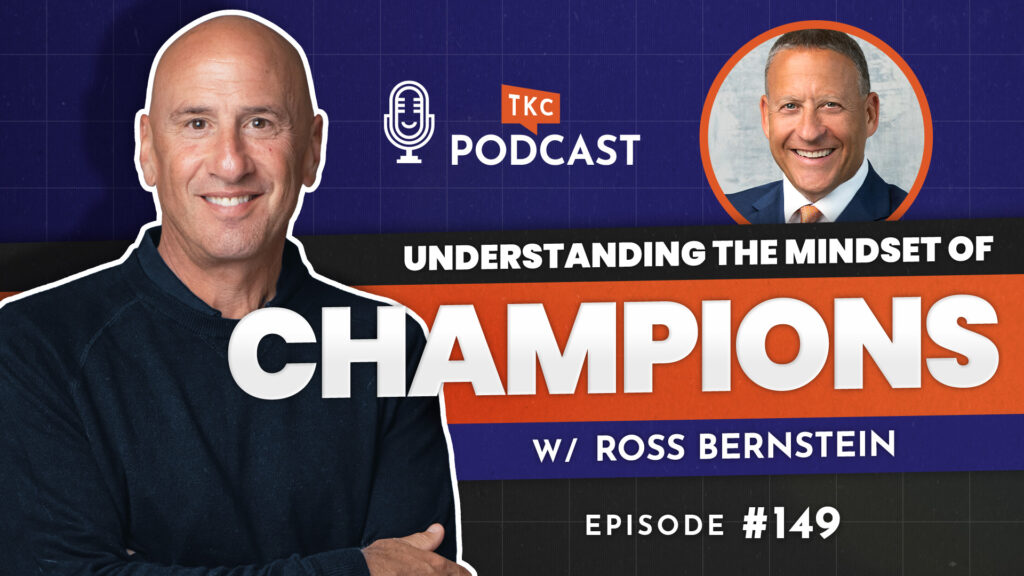
Learn how champions think differently and build winning habits that transform teams from talented to unstoppable with peak performance speaker Ross Bernstein.
Read More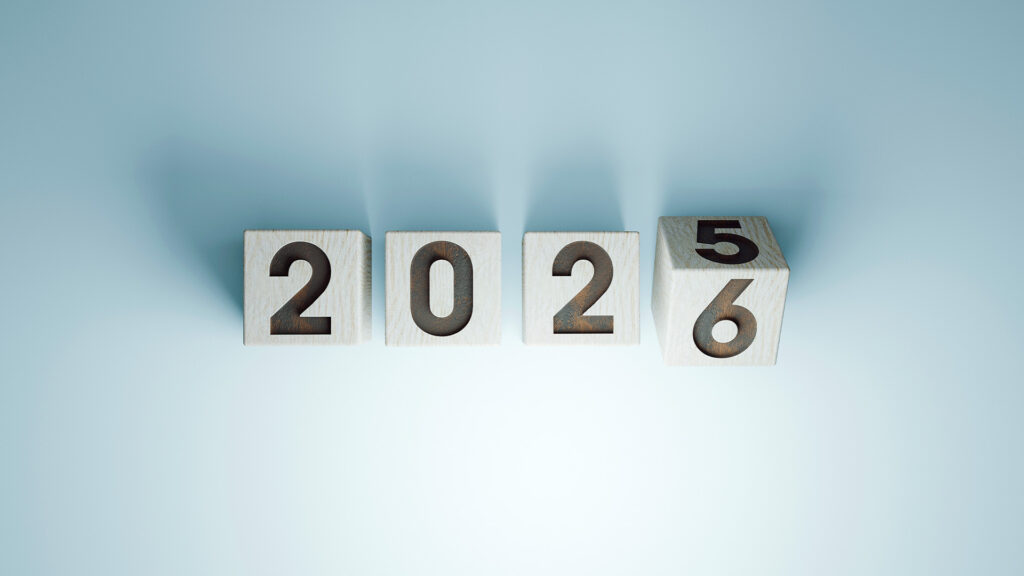
Learn 7 powerful year-end lessons from top keynote speakers to transform your event planning strategy and personal growth in 2026.
Read More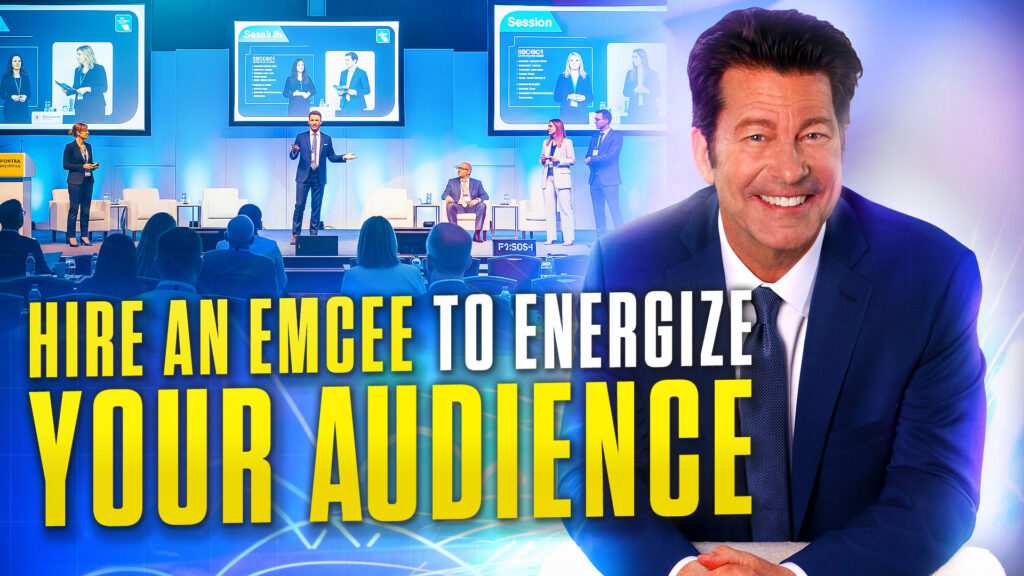
Learn with Scott Bloom why smart event planners invest in professional emcees instead of expensive keynotes to create unforgettable multi-day event experiences.
Read More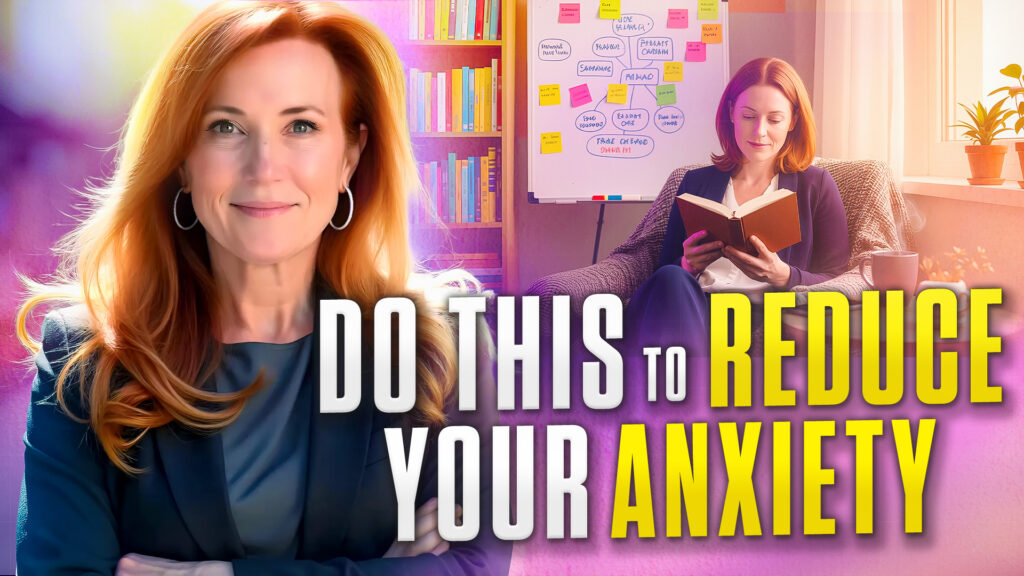
Learn how to calm digital anxiety with proven analog strategies from former White House CIO Theresa Payton that can help you restore your human connections.
Read More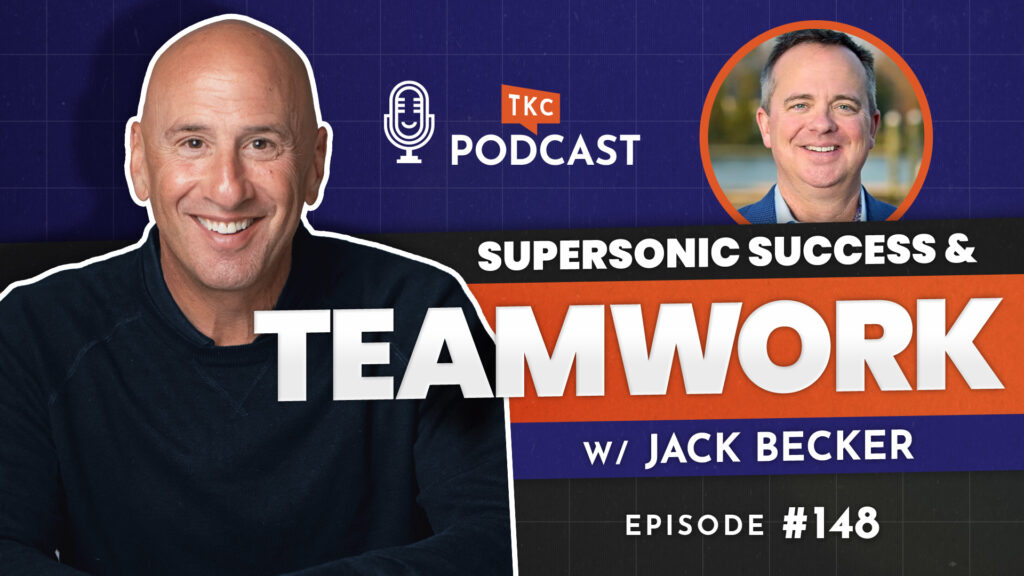
Navy fighter pilot Jack Becker reveals how elite teams catch errors fast, protect blind spots, and perform under pressure using proven teamwork strategies.
Read More